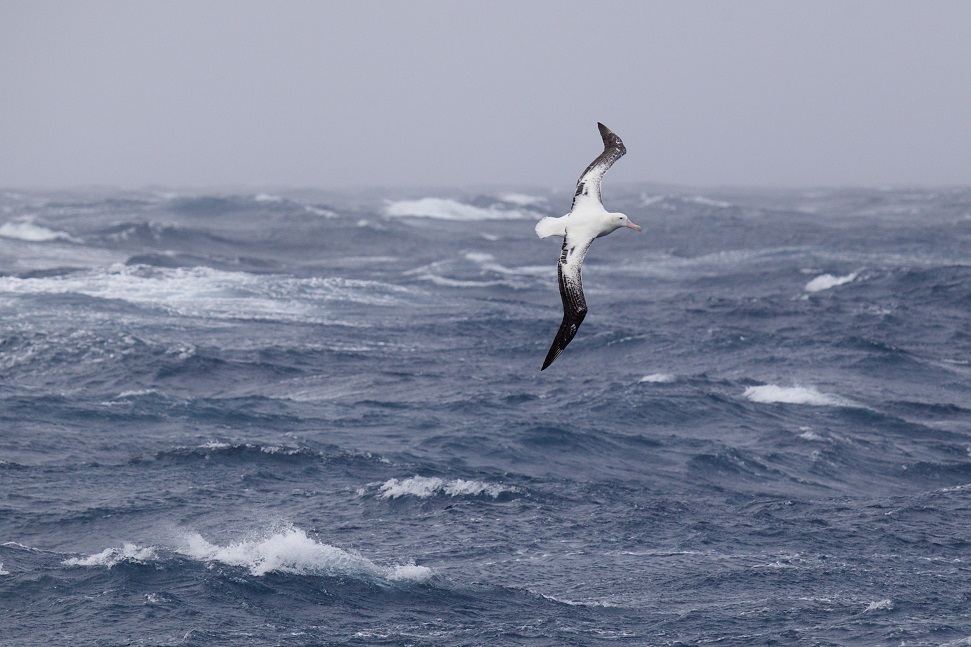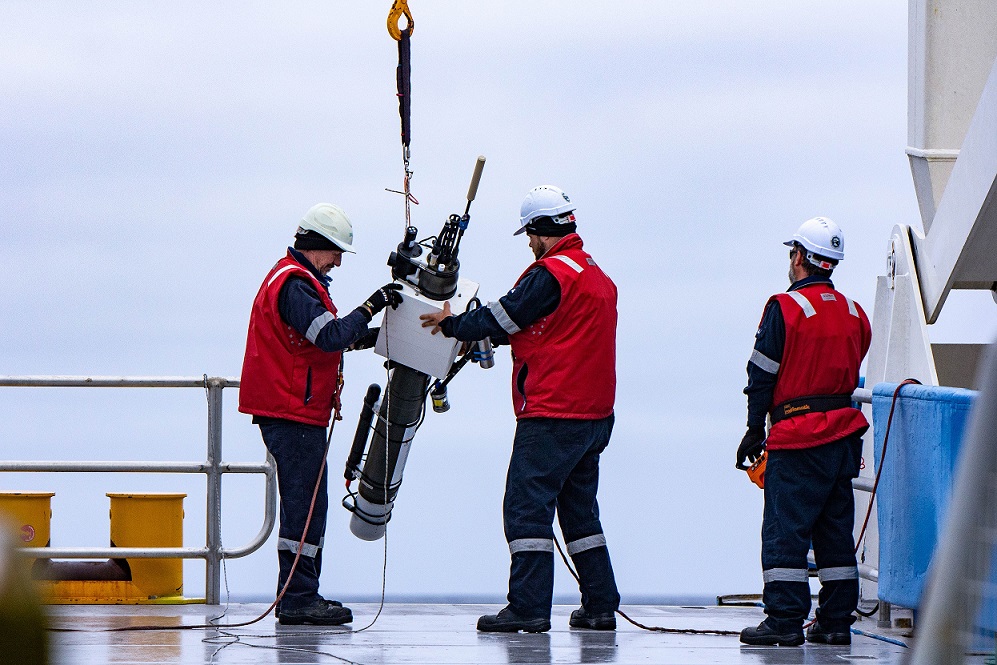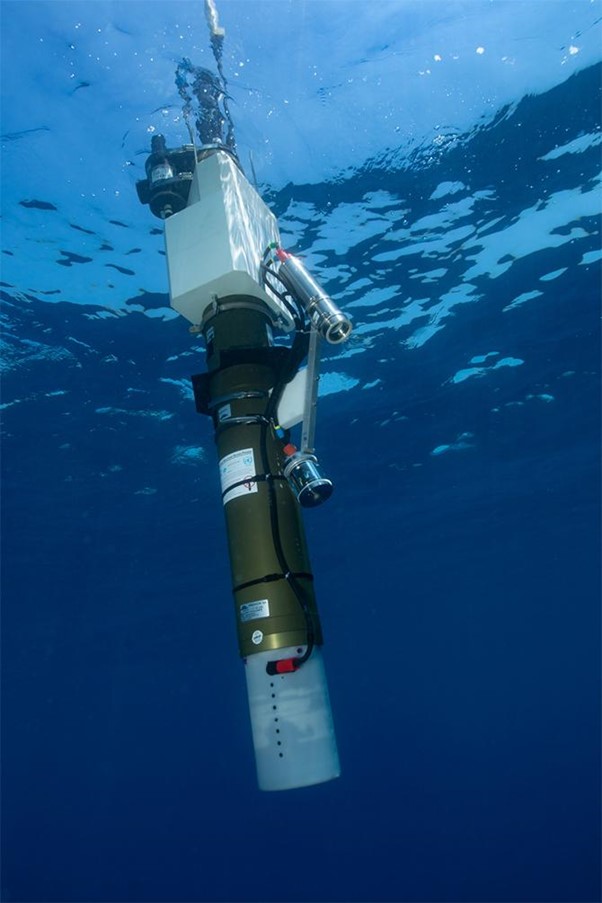
Deep diving, data-gathering robotic floats adrift in the Southern Ocean for three years have revealed how much carbon this remote ocean is storing, how it does it and how that might change in the future.
“Plankton on the ocean’s surface absorb atmospheric carbon dioxide and package it into particles that end up deep in the ocean, where they can be stored for thousands of years,” said biological oceanographer Professor Pete Strutton, from the Institute for Marine and Antarctic Studies (IMAS) at the University of Tasmania.
“It’s called the biological carbon pump, and it’s a major contributor to the Southern Ocean’s capacity to remove carbon dioxide from our atmosphere. We knew plankton played a critical role in this, but what wasn’t clear until now was whether it was mostly gravity causing those particles to sink, or if there were other processes at work.”
For the IMAS-led study, Biogeochemical Argo (BGC-Argo) floats equipped with a rich set of sensors were deployed in the Australian sector of the Southern Ocean.

The floats drift at 1000m, then sink to 2000m and rise to the surface every 10 days, taking measurements along the way. After transmitting the data via satellite to scientists back on land, the floats descend again.
“Until now, it’s been impossible to do extensive observations of the biological carbon pump, across vast areas of the Southern Ocean at the same time. But these new-generation floats can simultaneously create accurate ocean profiles, across regions and seasons,” said IMAS adjunct researcher and lead-author Dr Leo Lacour.
 “So over three full years, we’ve been able to explore different pathways to the deep ocean, such as the changing depths of surface mixing and the rapid water movement in high energy oceans – and how each pathway changes in strength over time.”
“So over three full years, we’ve been able to explore different pathways to the deep ocean, such as the changing depths of surface mixing and the rapid water movement in high energy oceans – and how each pathway changes in strength over time.”
The study has revealed that intense and rapid changes in the biological carbon pump are common in this high-energy ocean.
“These results are important because they help us understand how the Southern Ocean stores carbon. This means we can better predict how the process might shift as the climate changes,” Prof Strutton said.
The study was published in Nature Communications.
Dr Leo Lacour is supported by a European Union’s Horizon 2020 Marie Sklodowska-Curie grant (no. 892653). Float deployments were funded by the Australian Research Council (ARC) Antarctic Gateway Special Research Initiative, Project ID SR140300001.
Images (from top)
Published 3 April 2023